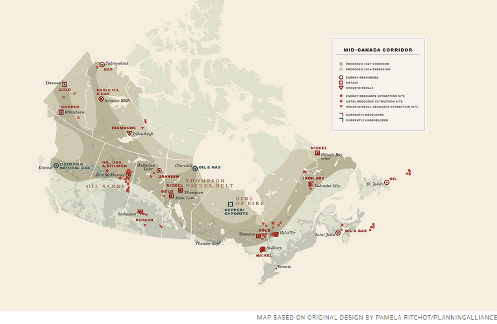The Northern Miner, first published in 1915, during the Cobalt Silver Rush, is considered Canada’s leading authority on the mining industry.
With a mine life that ends in 2018, the ore is running out at Ontario’s only diamond mine — De Beers’ Victor mine, 90 km west of Attawapiskat.
The open-pit mine, which began production in 2008, produces around 600,000 carats of high-value diamonds a year from a single 15-hectare kimberlite. But with 15 other diamond-bearing kimberlite pipes at the project, there is potential for an extended mine life at Victor.
De Beers has already started an environmental assessment on the Tango Extension kimberlite, the most promising of the other pipes in the Victor cluster. Situated about 6.5 km northwest of the Victor mine, the company believes it could extend Victor’s mine life by seven years.
The company is studying the potential to mine Tango Extension as an open-pit operation at a rate of 3 million tonnes per year. However, the project is not yet economic. The Tango Extension kimberlite is smaller, lower-grade, and contains less valuable diamonds than Victor.
While Victor is a low-grade mine at around 0.23 carat per tonne, its diamond values are among the highest in the world at more than US$400 per carat. So far, samples from Tango Extension indicate the quality is good, but they won’t fetch the same kind of price per carat as Victor diamonds, says Tom Ormsby, De Beers Canada’s director of external and corporate affairs,
























